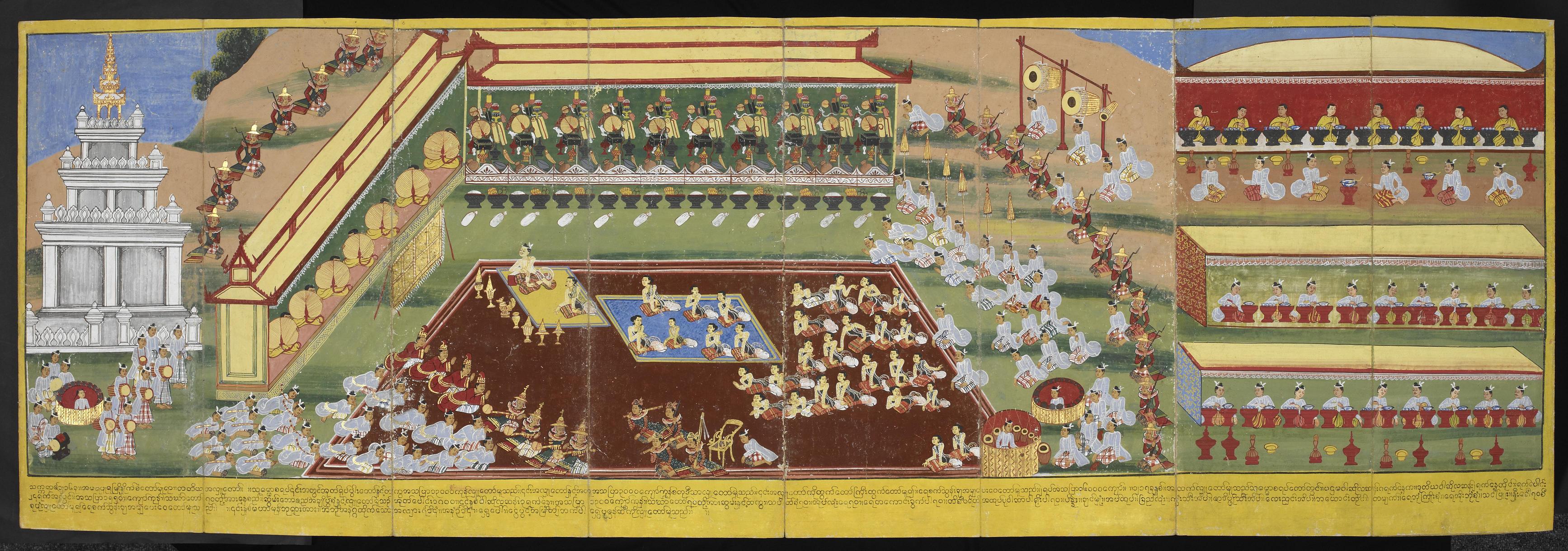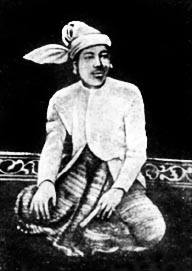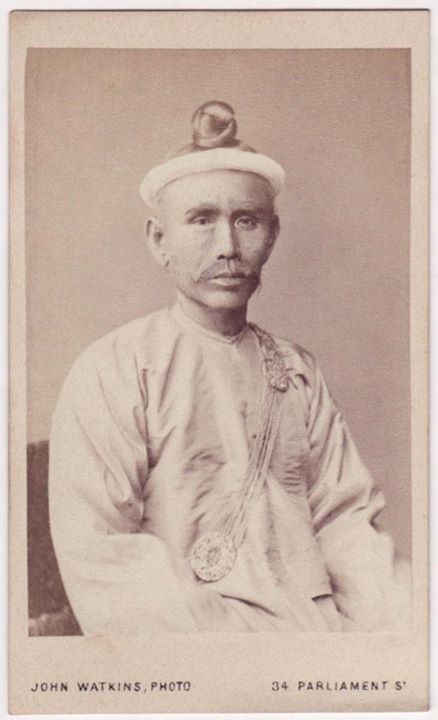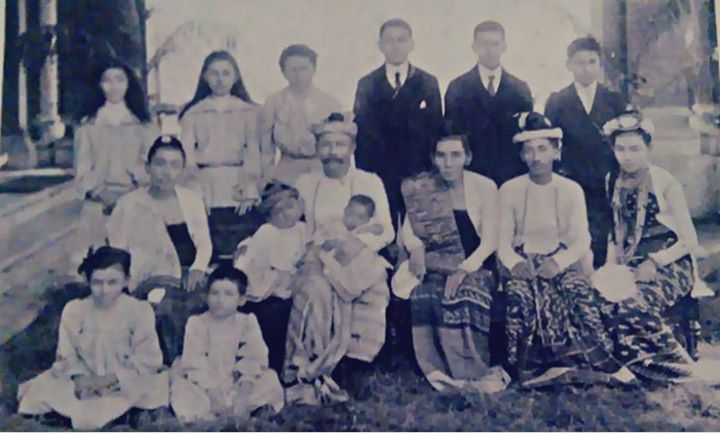Prince of Kanaung
The Penultimate King
King Mindon making a donation at the Mahamuni pagoda in Mandalay. King Mindon is remembered by many Burmese as the country's last great king and among the most devout patrons of Buddhism ever. He convened the Fifth Great Buddhist Synod in 1871, which was billed as the first of its kind in two thousand years, bringing together 2,400 monks, including several from overseas, in a grand attempt to review and purify the scriptures. Nor was his religious interest limited to...
Read MoreThe assassination of the Prince of Kanaung
In August 1866, the course of Burmese history changed forever with the assassination of the Prince of Kanaung. The Kanaung Prince was the Crown Prince, the younger brother of King Mindon and also his partner in government. Together they set out to transform government, develop the economy, and defend the country's independence. It was a modernization programme that preceded what would be tried elsewhere, in Japan, Siam, Egypt, Vietnam. Under the Kanaung Prince's direction: dozens of students were sent to...
Read MoreFirst Burmese embassy to Europe
On a hot and sticky March morning, the SS Tenasserim, flying the peacock flag of the Burmese kingdom as well as the Union Jack, steamed down the Rangoon River and into the salty waters of the Indian Ocean. It was a new state-of-the-art ship, built in Glasgow for the Henderson passenger line, and came with no less than twenty well-appointed first-class cabins. On board was a delegation from the Court of Ava, led by the scholarly Kinwun Mingyi, a minister...
Read MoreThe Prince of Limbin and family, at Limbin House in Allahabad c. 1910
The Limbin Prince was a minor son of King Mindon's half brother the Kanaung Prince and a cousin of King Thibaw. He escaped the arrest and execution of many other royal princes in 1879 and from 1885-7 led a widespread resistance together with several Shan Saophas against the British occupation. He was exiled in 1887 first to Calcutta and then Allahabad, returning to Rangoon in 1911. He died in 1933 and was survived by four sons and six daughters. The...
Read More


